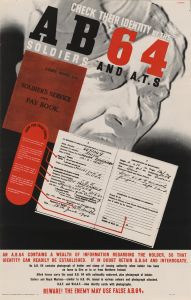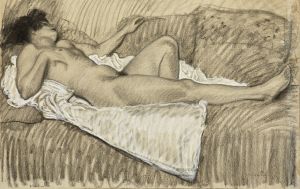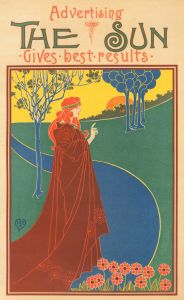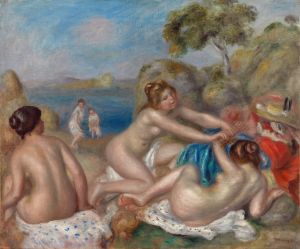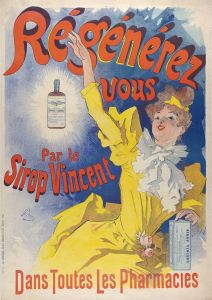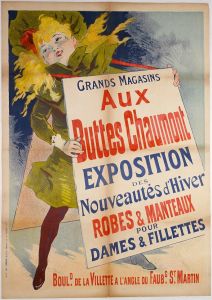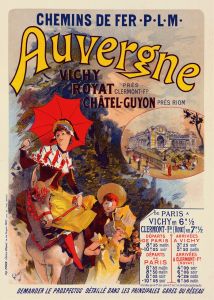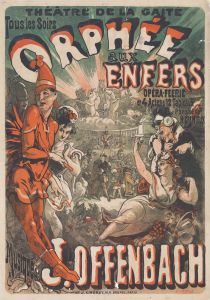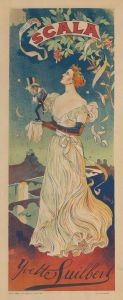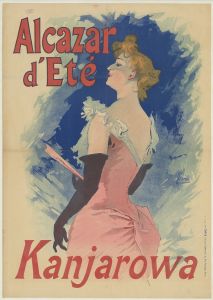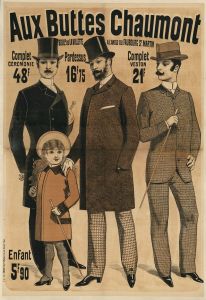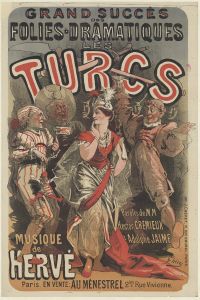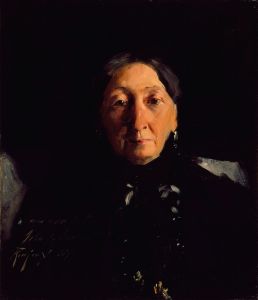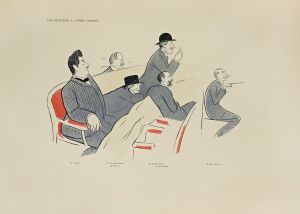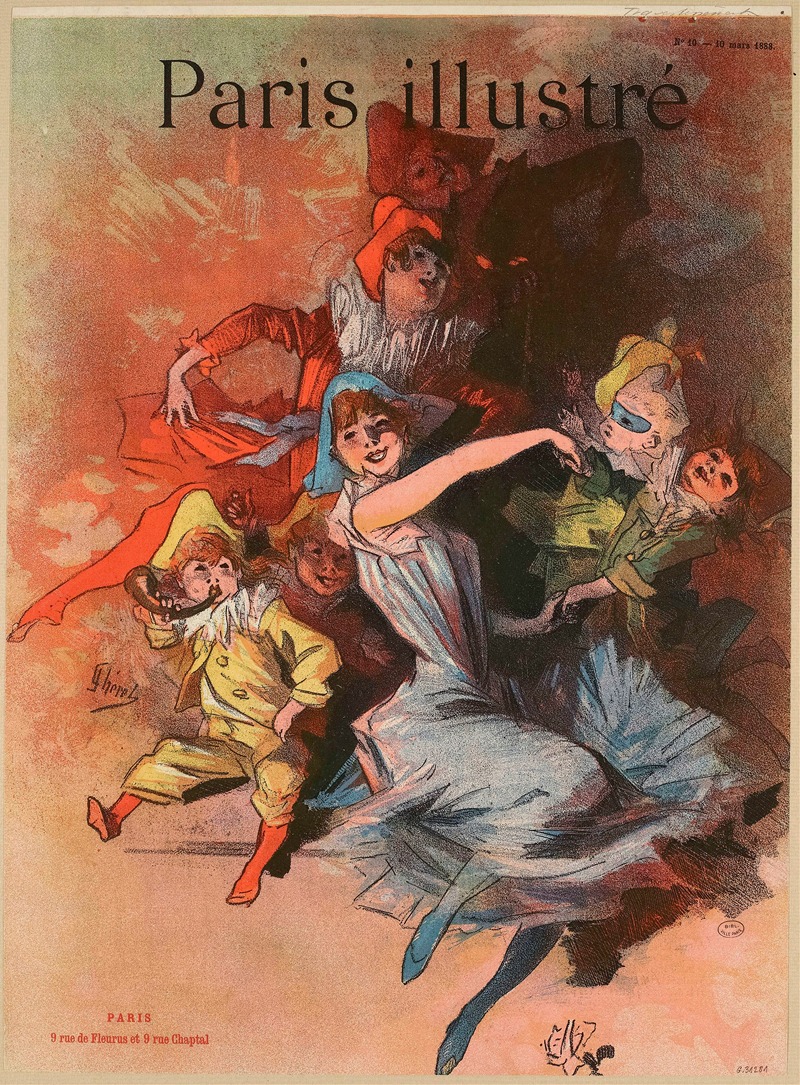
Paris Illustré
A hand-painted replica of Jules Chéret’s masterpiece Paris Illustré, meticulously crafted by professional artists to capture the true essence of the original. Each piece is created with museum-quality canvas and rare mineral pigments, carefully painted by experienced artists with delicate brushstrokes and rich, layered colors to perfectly recreate the texture of the original artwork. Unlike machine-printed reproductions, this hand-painted version brings the painting to life, infused with the artist’s emotions and skill in every stroke. Whether for personal collection or home decoration, it instantly elevates the artistic atmosphere of any space.
"Paris Illustré" is not a specific painting by Jules Chéret, but rather the title of a French illustrated magazine that was published in the late 19th century. Jules Chéret, a renowned French artist and lithographer, is often associated with the magazine due to his contributions as a designer of its covers and illustrations. Chéret is widely regarded as the "father of the modern poster" and is celebrated for his pioneering work in color lithography, which revolutionized advertising and graphic design during the Belle Époque period.
"Paris Illustré" was a publication that aimed to capture the cultural, artistic, and social vibrancy of Paris during its time. It featured articles, illustrations, and artwork that showcased the city's dynamic life, including its architecture, fashion, and entertainment. Jules Chéret's involvement in the magazine exemplified his ability to blend art and commercial design, creating visually striking works that appealed to a broad audience.
Chéret's artistic style was characterized by his use of bright, vivid colors and fluid, dynamic compositions. His work often depicted lively scenes featuring elegant women, known as "Chérettes," who became iconic figures in his posters and illustrations. These figures symbolized modernity, beauty, and the joie de vivre of Parisian life.
While specific details about Chéret's contributions to "Paris Illustré" are limited, his broader influence on the visual culture of the time is well-documented. His innovative techniques in lithography not only elevated the status of commercial art but also paved the way for future artists in the field of graphic design.
For more detailed information about Jules Chéret's work and his association with "Paris Illustré," further research into historical archives and publications from the period would be necessary.





